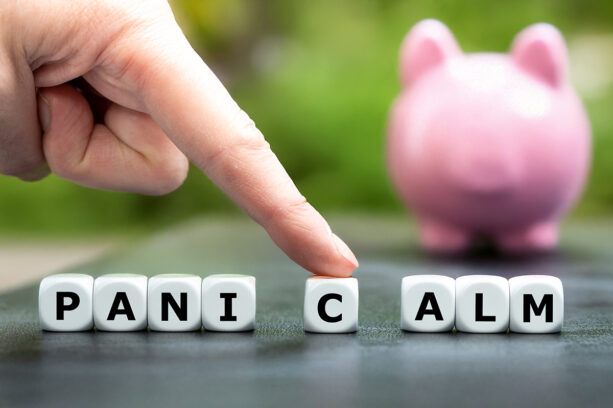Imagine if you could invest in the stock market with a guarantee that if it drops by up to 40% by the end of six years, you’ll still get your money back. In this age of uncertainty, that is a nice underpinning for returns on any portfolio, but where’s the catch?
This money-back protection is provided by the investments known as ‘autocalls’, something we hold in most of the Equilibrium funds in our Defined Returns portfolios.
Autocalls are part of a wider group of investments called structured products. This corner of the market does not normally grab many headlines, but at $7trillion in size, it’s larger than the exchange-traded fund (ETF) market and more than double the size of all hedge funds.
How does it work?
An autocall is effectively like a bond that will pay a fixed rate of income each year depending on the level of the stock market.
For example, let’s say that we buy from Goldman Sachs a six-year autocall that will pay 10% per annum. We buy it on 1st March 2022 when the FTSE 100 Index is at 7,500.
Although the autocall will have a live price every day, nothing else changes for 12 months.
After one year, on 1st March 2023
One of two things could happen: –
- if the FTSE 100 Index is above the original 7,500 level, the product will mature, and we will receive our original investment plus 10%: or
- if the Index is below 7,500 then we can put our feet up for another year until the next review in 12 months’ time.
After another year, on 1st March 2024
The same question is asked: –
- if the market is above 7,500, we will receive our original investment plus 20% (2 years at 10%pa): or
- if not, it will once again be reviewed in 12 months.
This process will continue each 1st March anniversary until 2028.
On the last day for the autocall, one of three things could happen:
- if the FTSE Index is above 7,500, we will receive our original investment and 60% (6 years at 10%pa).
- if it’s below 7,500, we will get our original investment back with no extra return OR
- if the market has fallen by more than 40%, we would only get back the value minus the % fall of our original investment, e.g., if we invested £100 and the market has fallen by 80%, we will receive £20 back.
Thus, in answer to the question above, there really is no catch.
Are there any limitations?
If you think the stock market is going up by more than 10% (as in this instance), then your returns are fixed, and the money may be better invested in an index tracker fund.
The FTSE 100 Index pays a dividend yield of 3.5% which you will not receive through the autocall – their value and returns are determined by the capital-only level of the FTSE 100 Index. Over 6 years, this could amount to over 20% which you would gain on an index tracker fund but not in an autocall.
The autocall is a contract with Goldman Sachs. If they should go bust, there is the danger that all the investment may be worthless. Having said that, even the worst incident in recent history, when Lehman Brothers failed, saw all autocall holders of $8bn of structured products, receive around 45% of the original value.
Are there any other benefits?
One feature that we often use in our funds is the ability to buy more. In our example above, we might have originally created, say, £10m of the Goldman Sachs product for our funds. As time goes on and our funds get bigger, or if the market has a fall and we want to add to our holding, we might want to increase our holdings. Here, the autocall arrangement allows us to buy up to another £10m (to a total of £20m) in the market, giving us a lot of flexibility in position sizing.
Similarly, another advantage is the fact that there is a live price for the product that allows us to not only buy, but also sell if, for example, we think the markets have pushed up and are due a setback (or if we need to raise cash in the funds).
When is the best time to invest?
Autocalls are particularly attractive if market returns are low. In our example, the stock market only needs to go up one point to 7501 in the first year (a return of 0.01%!) and the autocall would mature and we would receive a 10% return.
By investing in these products at the appropriate times, we can often achieve good returns when the market is sluggish, or at other times, similar returns to the markets but with reassurance that we have had the extra added capital protection.
This blog is intended as an informative piece and does not construe advice. If you have any further questions, please don’t hesitate to get in touch with us using the form below or by reaching out to your usual Equilibrium contact.




